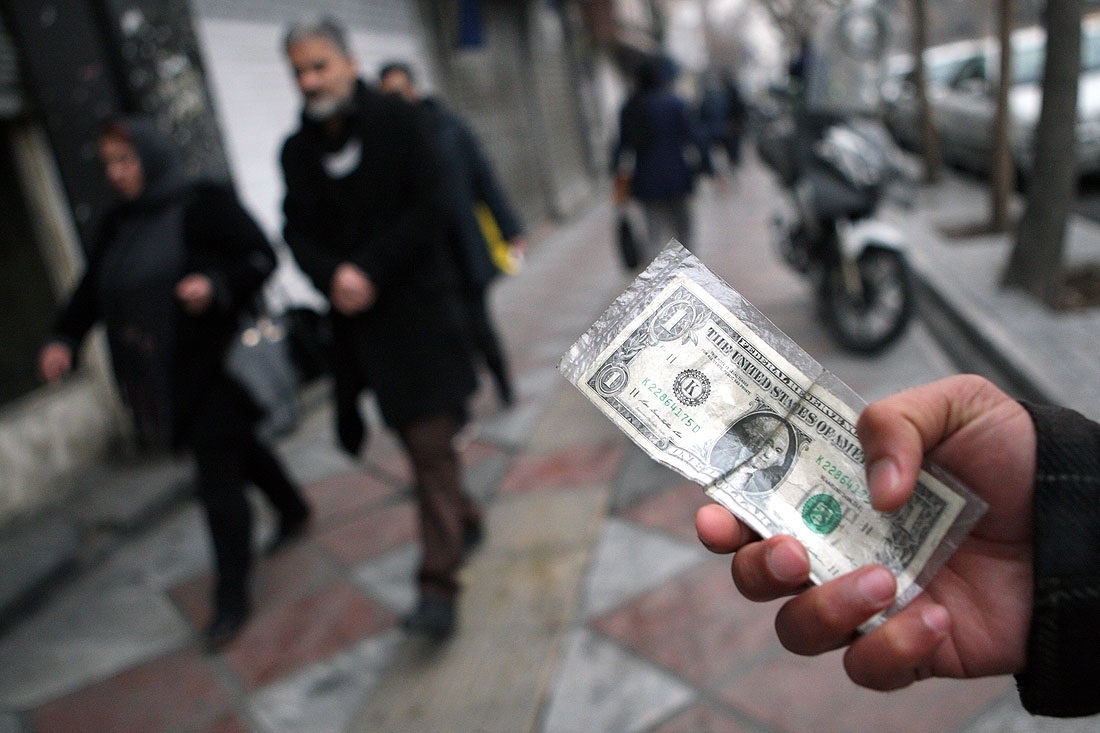The research arm of the Iranian Parliament has published a report on the status of the country’s foreign exchange market in the coming months, predicting a mostly stable environment by the end of current fiscal year (March 20, 2018).
Majlis Research Center confirms that the current rates of foreign currencies in Iran’s market are not so different from their real rates when accounting for trade volume, capital flow and difference between domestic and foreign inflation, among other things.
"[Based on such facts] MRC does not see the possibility of shocks occurring in the rates of foreign currencies until the end of the current fiscal year," the think tank specifies in a report that analyzes the government's 2018-19 budget, IBENA reported.
The report, however, bases its forecast on the continuity of the current calm in the country's economic and political atmosphere.
According to the report, despite all the expert views and legal mandates to reform the process of incorporating the oil revenues into the country’s budget and the need to separate forex policies from financial policies, oil revenues and foreign exchange rates in the country are still affected by global oil prices.
This, the think tank concludes, has to do with the fact that the country's oil windfall is calculated in US dollar terms.
As a result of this dependency, whenever the volume of production or the global price of oil drops, the government’s oil incomes also decline, which forces the government to increase the rate of foreign currencies in domestic markets to make up for its expenses.
The report goes on to talk about the long awaited promise of unifying dual foreign exchange rates that has been delayed several times.
CBI’s promise of unifying the rates by the end of the previous fiscal year (March 20, 2017) has remained unfulfilled, prompting CBI Governor Valiollah Seif to promise that the goal will be realized soon in the new administration that took office in the summer.
MRC notes that imports, which still benefit from official foreign exchange rates, account for less than 8% of all the imports.
This is while the gap between the official rate of the US dollar and its value in free market has been reduced to around 17% from 37% some four years ago.
Thus, the research body suggests that CBI might even be able to entirely eliminate the allocation of foreign currencies at subsidized rates and unify the dual foreign exchange rates if the bank has enough forex resources to control possible fluctuations that will result after the rate unification.
Iran currently uses two official and unofficial currency rates. The central bank and several administrations have discussed the issue of unifying these rates, as they give rise to rent seeking and corruption, but the plan is yet to be implemented.


